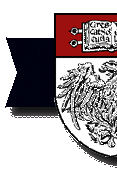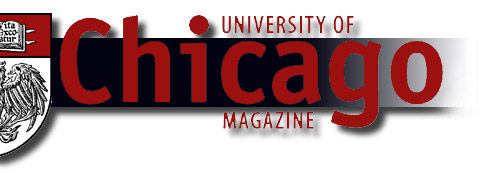 |

NASA names
observatory for the late U of C star Chandrasekhar
NASA's newest space observatory, formerly the Advanced X-ray Astrophysics
Facility, has been renamed the Chandra X-ray Observatory in honor
of Nobel laureate Subrahmanyan Chandrasekhar, a U of C faculty member
for nearly 60 years, who died in August 1995 at age 84. Known as
"Chandra," which means "moon" or "luminous" in Sanskrit, he won
the Nobel Prize in 1983 for his studies of stellar structure and
evolution. NASA held a contest to name the observatory, drawing
more than 6,000 entries, 59 of which recommended Chandra.
"Chandrasekhar made fundamental contributions to the theory of
black holes and other phenomena that the Chandra X-ray Observatory
will study," says NASA Administrator Dan Goldin. "His life and work
exemplify the excellence that we can hope to achieve with this great
observatory."
First proposed in 1976, the observatory has taken 20 years to build.
It will be launched no earlier than mid-May on the space shuttle
Columbia, mission STS-93—the first NASA shuttle mission to be commanded
by a woman, astronaut Eileen Collins. In space, the Chandra observatory
will join NASA's two other orbiting "great observatories": the Hubble
Space Telescope, named for Edwin Powell Hubble, AB'10, PhD'17, and
the Compton Gamma Ray Observatory, named for Nobel laureate Arthur
Holly Compton, a member of the Chicago faculty from 1923 to 1945.
Weighing more than 5 tons and measuring more than 45 feet in length,
the Chandra observatory cost $1.3 billion and will be the largest
satellite Columbia has ever launched.
Using the world's most powerful X-ray telescope, the observatory
will help scientists understand the structure and evolution of the
universe by examining X-rays emanating from objects such as white
dwarfs, neutron stars, and matter falling into black holes.
U of C professors Donald Lamb and Robert Rosner will use the observatory
to study the production of X-rays by compact stars and to compare
stars' X-ray emissions to similar emissions from the sun. The two,
along with Cole Miller; Peter Freeman, SM'90, PhD'97; and Vinay
Kashyap, SM'93, PhD'94 (now a member of the Chandra observatory
science team), helped design and test the telescope's data-analysis
software.
|



